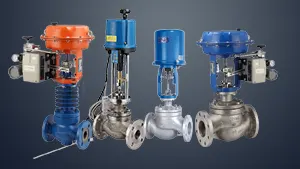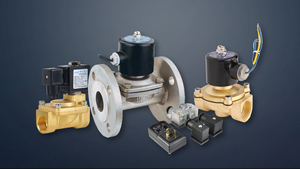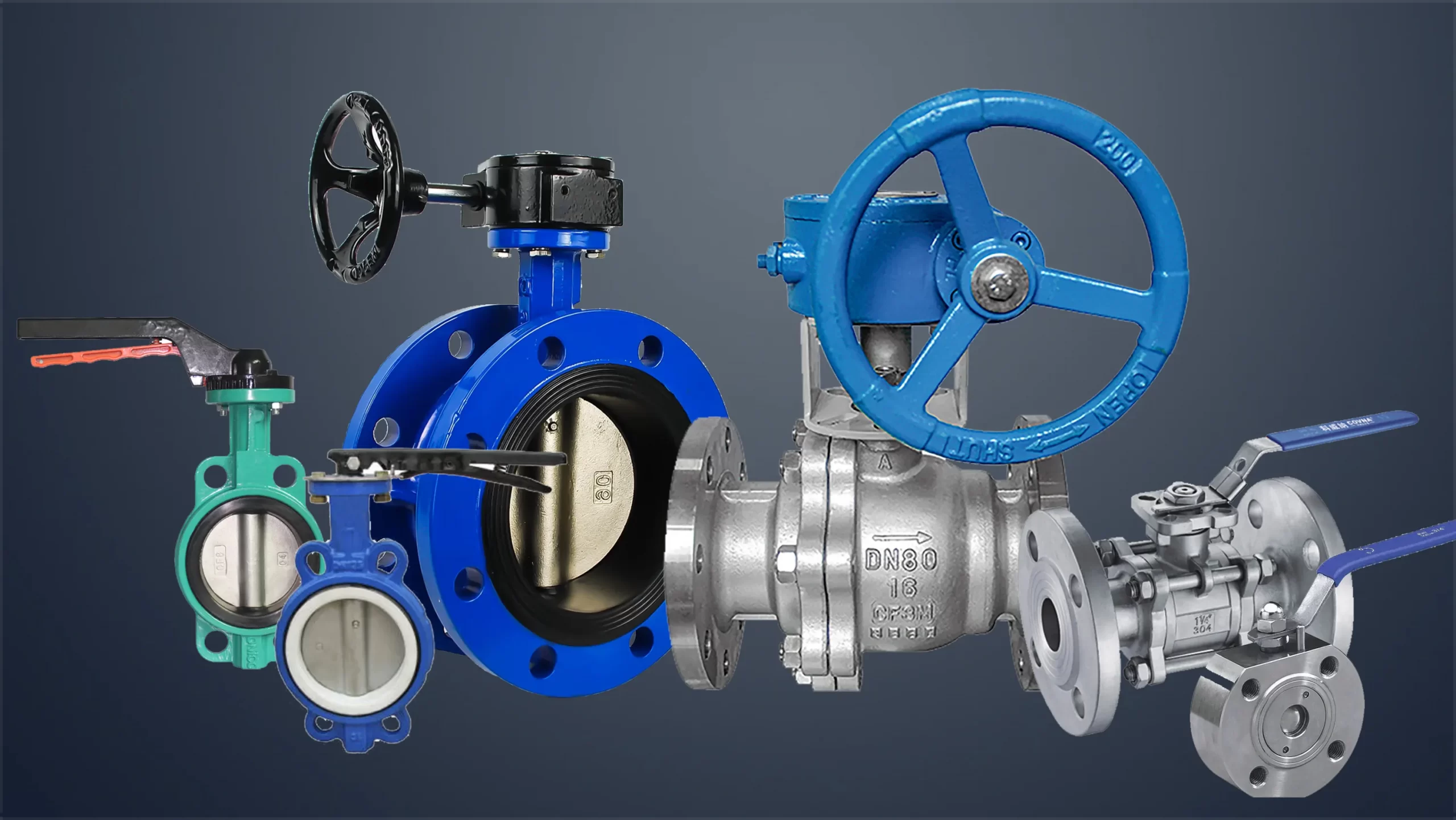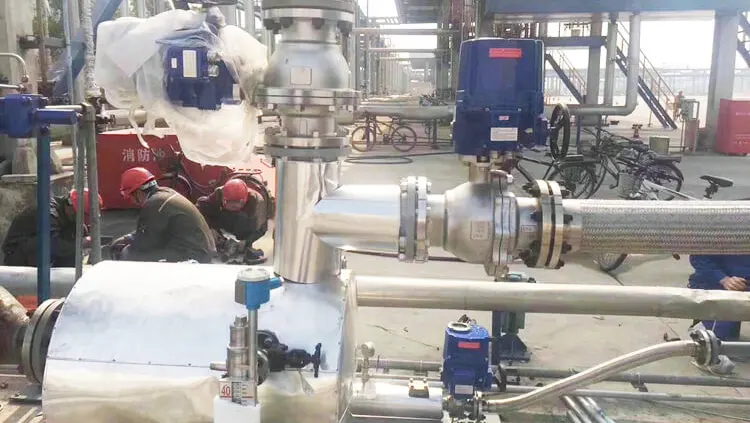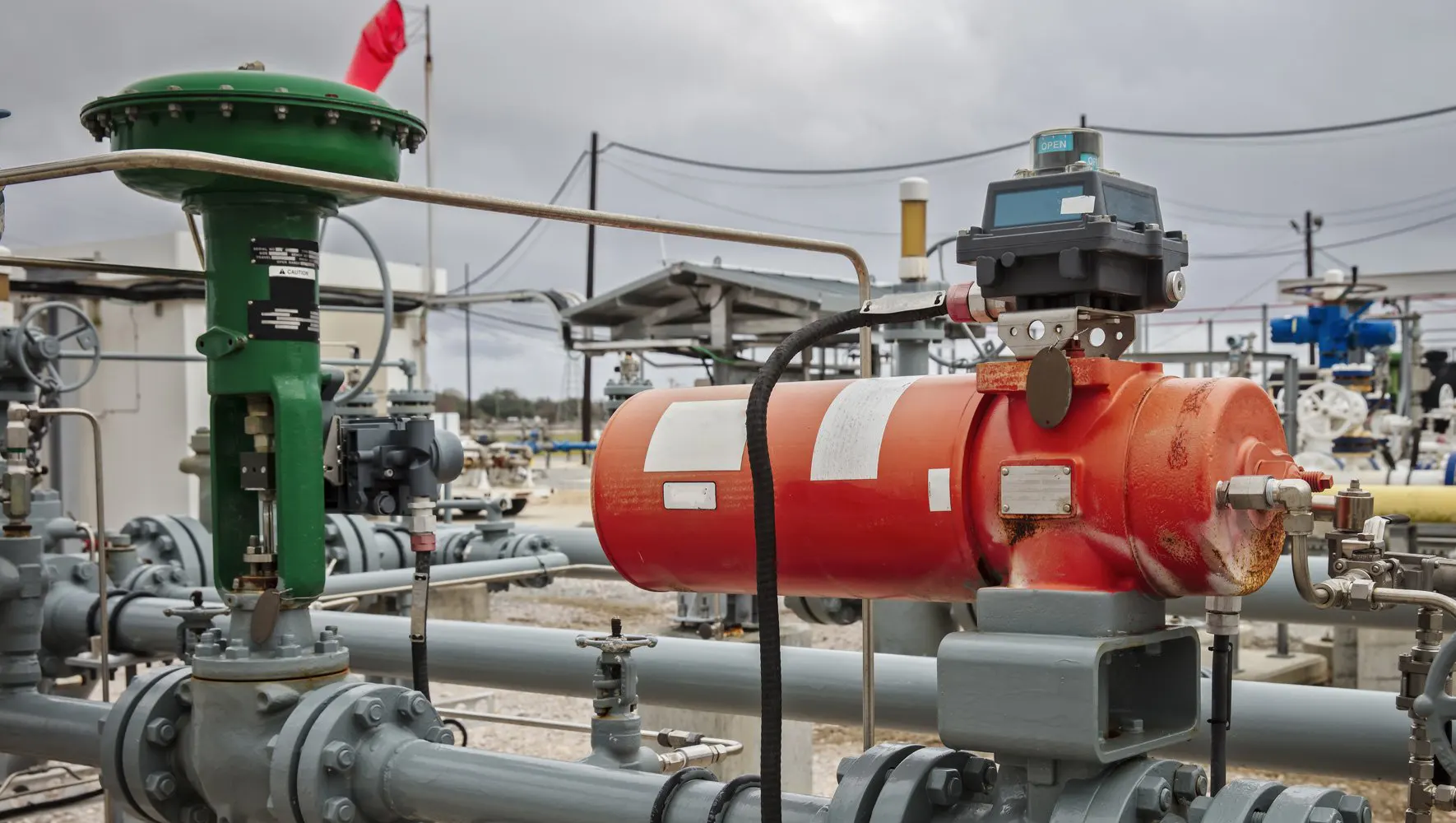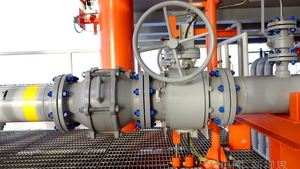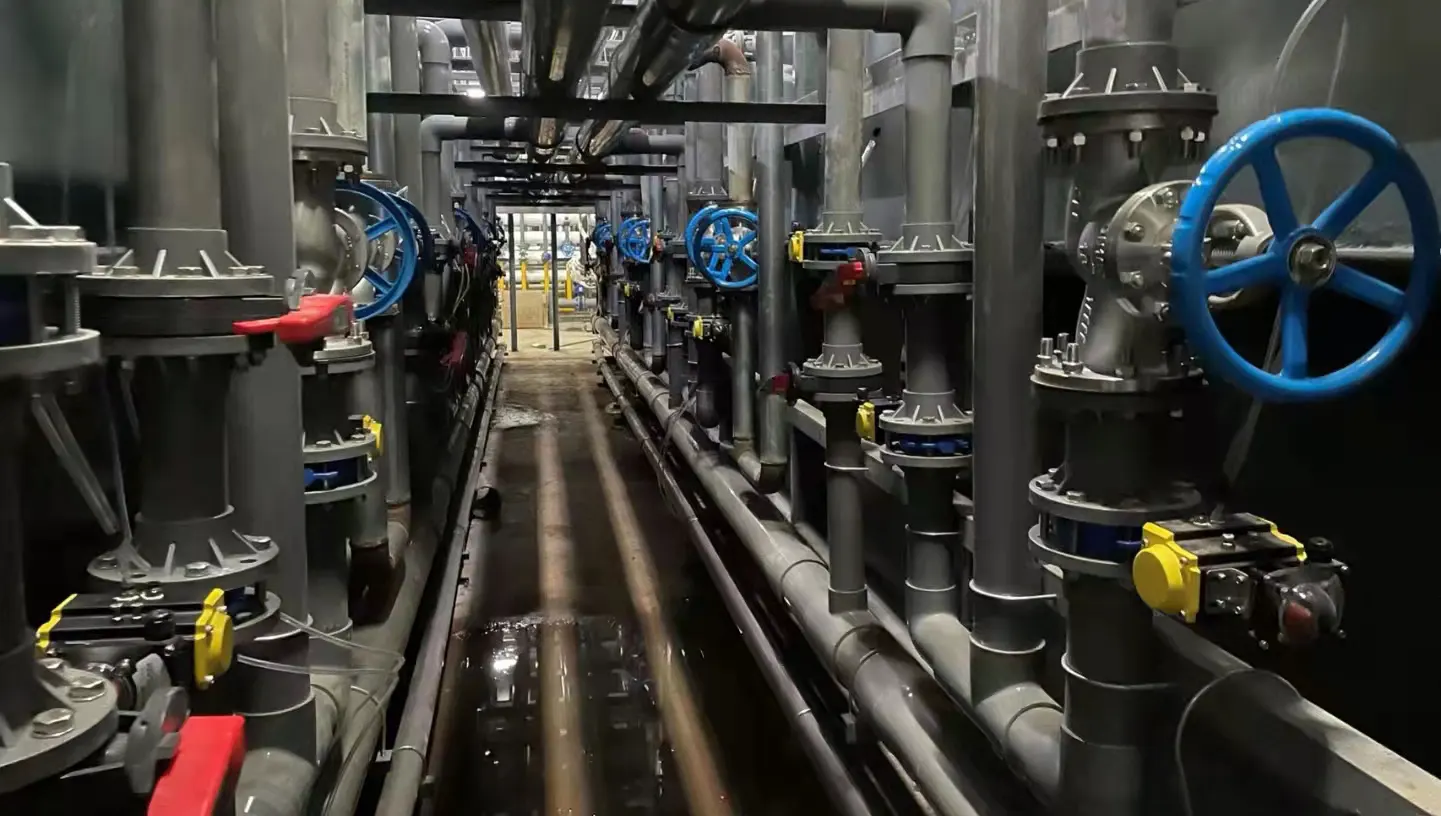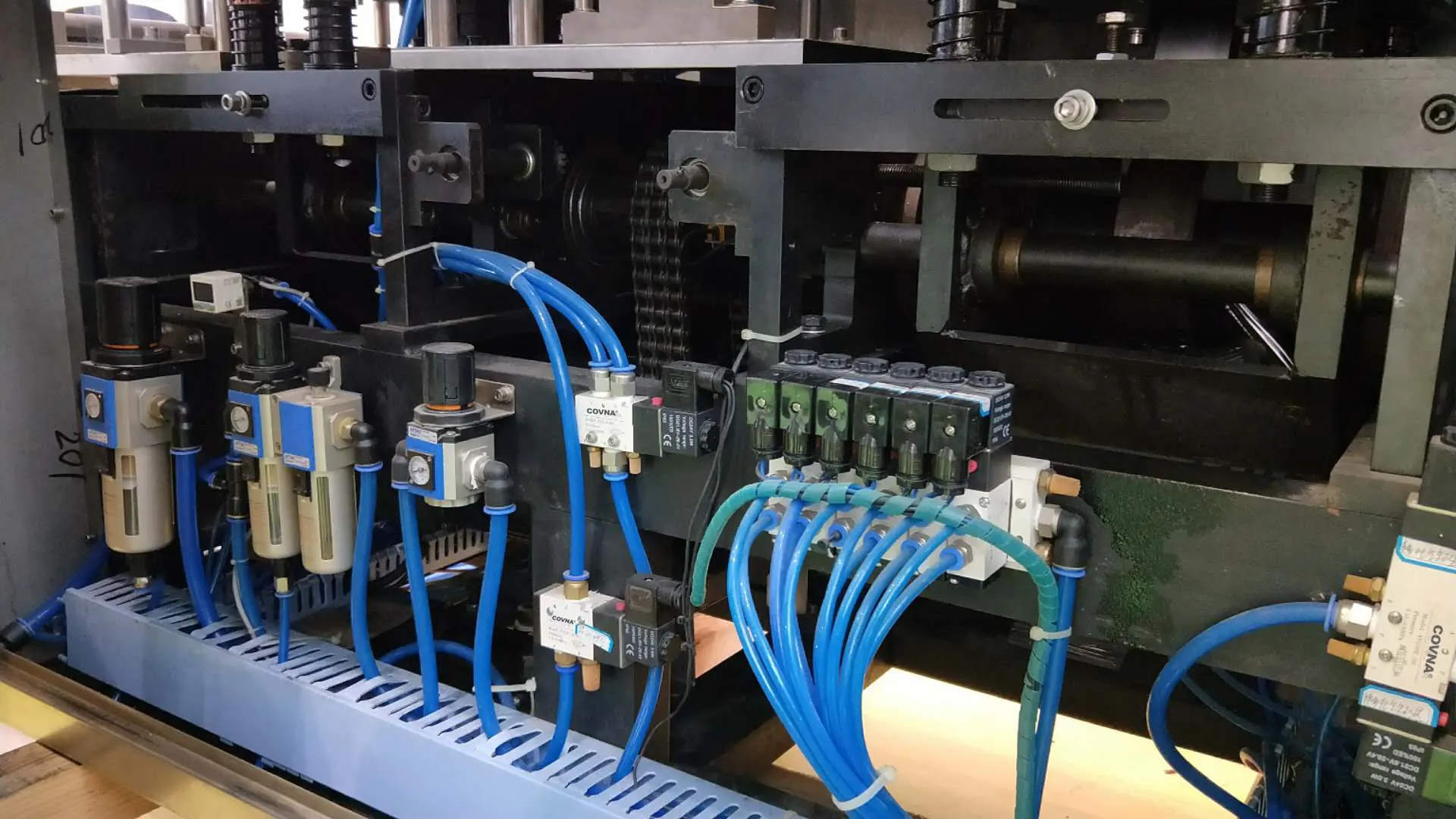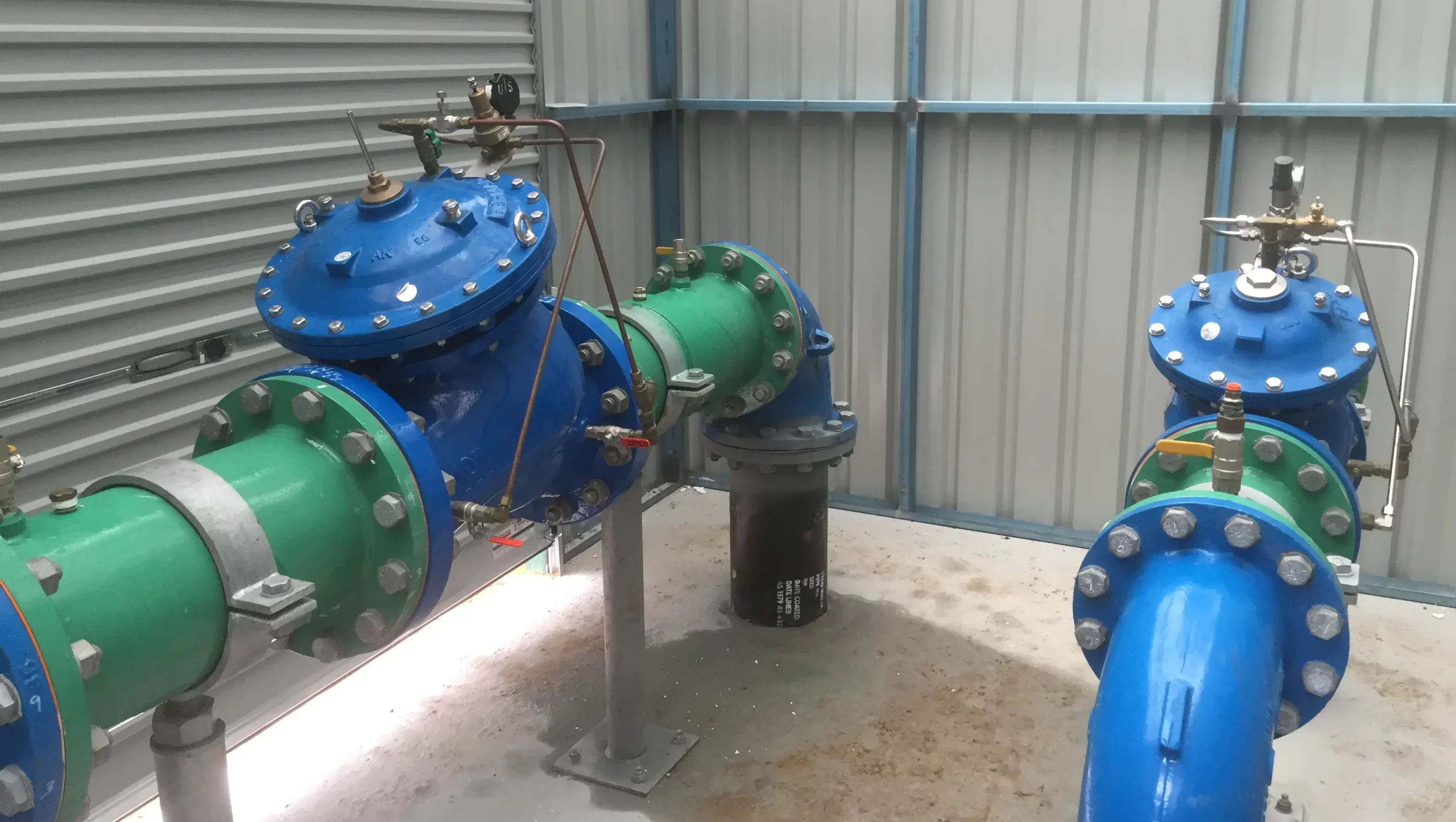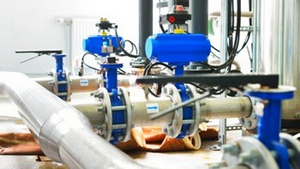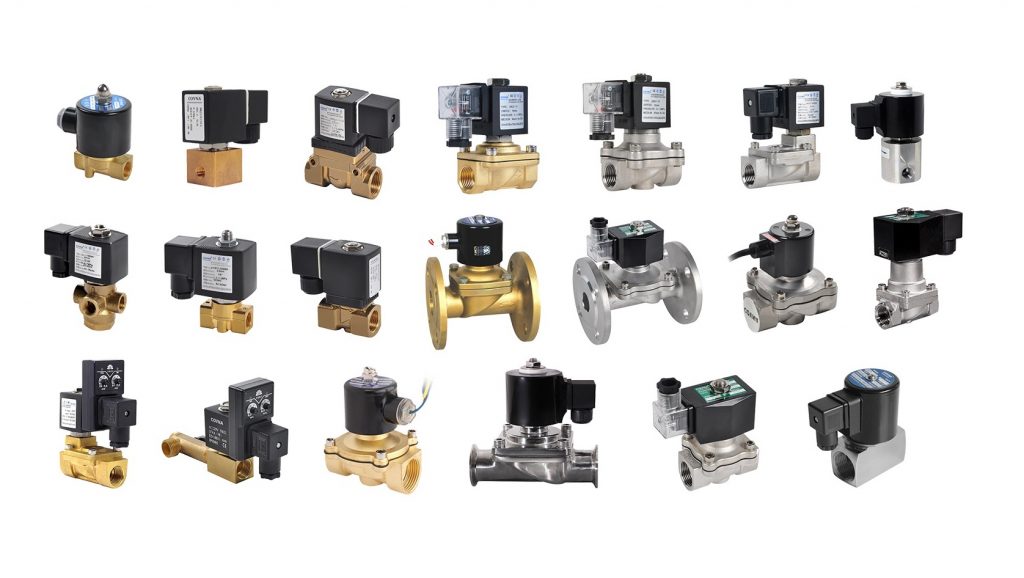
Before choosing a solenoid valve, you need to know some parameters to make a better choice. This content is to introduce these key parameters.
Important Notes:
- Solenoid valves are very sensitive to dirt and only work with clean liquids or air. Otherwise, you need a filter to filter the media in order to use the solenoid valve to control the media.
- Note that indirectly controlled solenoid valves require a permanent pressure differential of around 0.5 bar to function properly. Therefore, you can not use indirect operated valves in a closed circuit or systems with a low inlet pressure. Direct and semi-direct operated valves operate with a pressure differential from 0 bar.
- Solenoid valves open and close fast (between around 10 and 1000 ms). Improper use can cause pressure transients in the system (water hammer)
Important parameters:
- Medium (defines the choice of valve materials)
- Temperature
- Pressure
- Connection method
- Voltage
- Pipe diameter(Size)
Medium (defines the choice of valve materials)
Solenoid valves are used for neutral liquids and gases. These can be for example oils, lubricants, fuels, water, air or steam. When selecting a solenoid valve, it is important that the materials are compatible with the medium. A brass body is the most common for solenoid valve and is suitable for most substances. The seal materials, such as FKM (Viton) and EPDM, each have specific properties that make them suitable for different applications.
Temperature
Keep the specification of the minimum and maximum temperature in mind when selecting the appropriate solenoid valve. It is recommended not to use water valves below 0°C because of the risk of freezing.
Pressure
The operating pressure of the system is important for the choice of a solenoid valve. If the specified maximum pressure is exceeded, dangerous situations may arise and the valve may burst or get damaged. Please note that the maximum pressure is usually associated with a type of medium. So there can be a different values for gasses or liquids. Perhaps even more important is the minimum pressure differential between the in- and outlet. The minimum and maximum pressure difference is usually expressed in bar.
Connection method
If the connection does not match, then the valve cannot be installed and used. The connection method for solenoid valves is female and male threads. There are some special ones that are flange connections. The connection method will usually be stated in your project or design documents. If you are replacing an old product, you should choose the same connection method.
Voltage
The purpose of the coil of the solenoid valve is to convert electrical energy into motion. The coil is made of copper wire that is wrapped around a tube. In the core is a plunger of ferromagnetic material. When an electric current flows through the coil, a magnetic field is created. The magnetic field exerts a force on the plunger so that it is put into motion. This principle will open or close the valve.
A frequently asked question is whether the polarity is important for a DC coil. In most cases there is no required polarity for DC coils, only when a timer or LED connector is used, polarity is important for these additional components.
Electrical safety is an advantage of low voltage coils. At higher voltages, the current is lower. AC coils are a little more powerful than DC coils of the same type, due to the inrush properties.
Pipe diameter(Size)
Solenoid valves are generally female thread, so here is an example of female thread. The type of thread is in most cases British Standard Pipe Parallel (BSPP), denoted by the letter G (for example G1/4 inch). The thread size is given in inches. Please note that this size is not the same as the pipe diameter. The table below shows some standard sizes with the thread data:
| BSP size (in) | thread pitch/inch | thread pitch mm | thread depth mm | outer diameter mm | centre diameter mm | inner diameter mm |
| 1/8 | 28 | 0,907 | 0,581 | 9,728 | 9,147 | 8,566 |
| 1/4 | 19 | 1,337 | 0,856 | 13,157 | 12,301 | 11,445 |
| 3/8 | 19 | 1,337 | 0,856 | 16,662 | 15,806 | 14,950 |
| 1/2 | 14 | 1,814 | 1,162 | 20,955 | 19,793 | 18,631 |
| 3/4 | 14 | 1,814 | 1,162 | 26,441 | 25,279 | 24,177 |
| 1 | 11 | 2,309 | 1,479 | 33,249 | 31,770 | 30,291 |
| 1 1/4 | 11 | 2,309 | 1,479 | 41,910 | 40,431 | 38,952 |
| 1 1/2 | 11 | 2,309 | 1,479 | 47,803 | 46,324 | 44,845 |
| 2 | 11 | 2,309 | 1,479 | 59,614 | 58,135 | 56,656 |
If you want more information, please contact us here or send us email: sales@covna-china.com
Article reference: https://tameson.com/selection-guide.html
--- END ---




